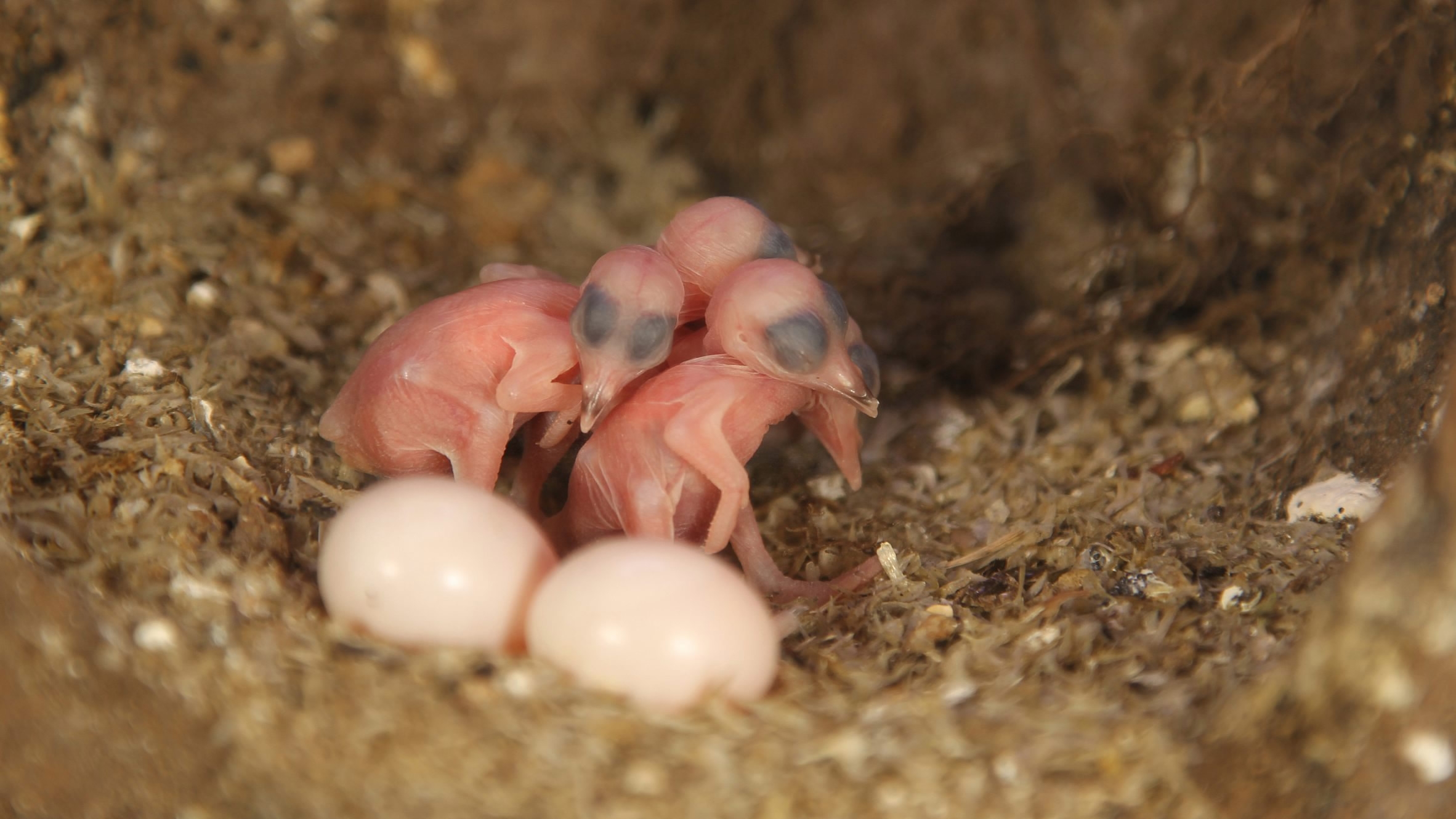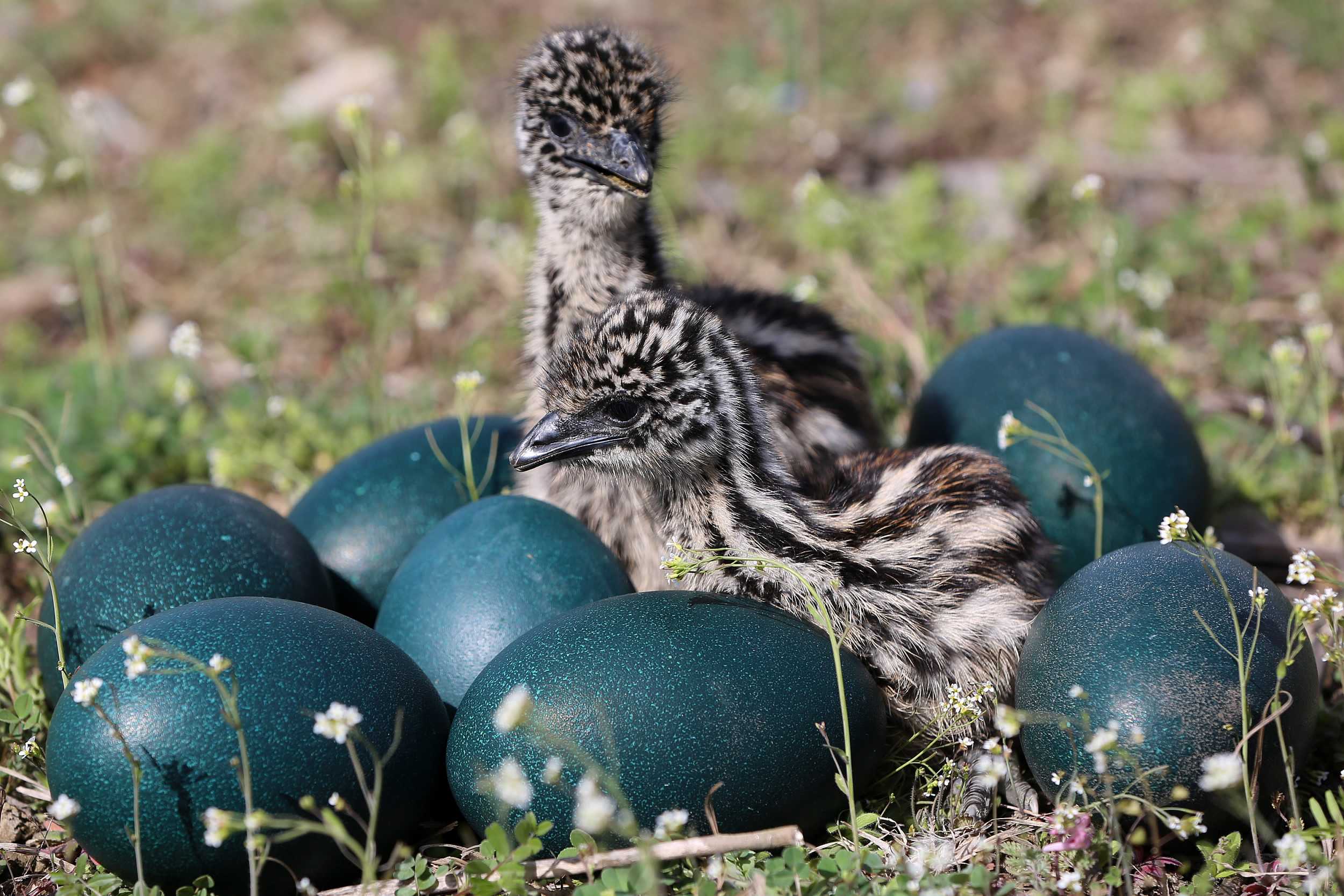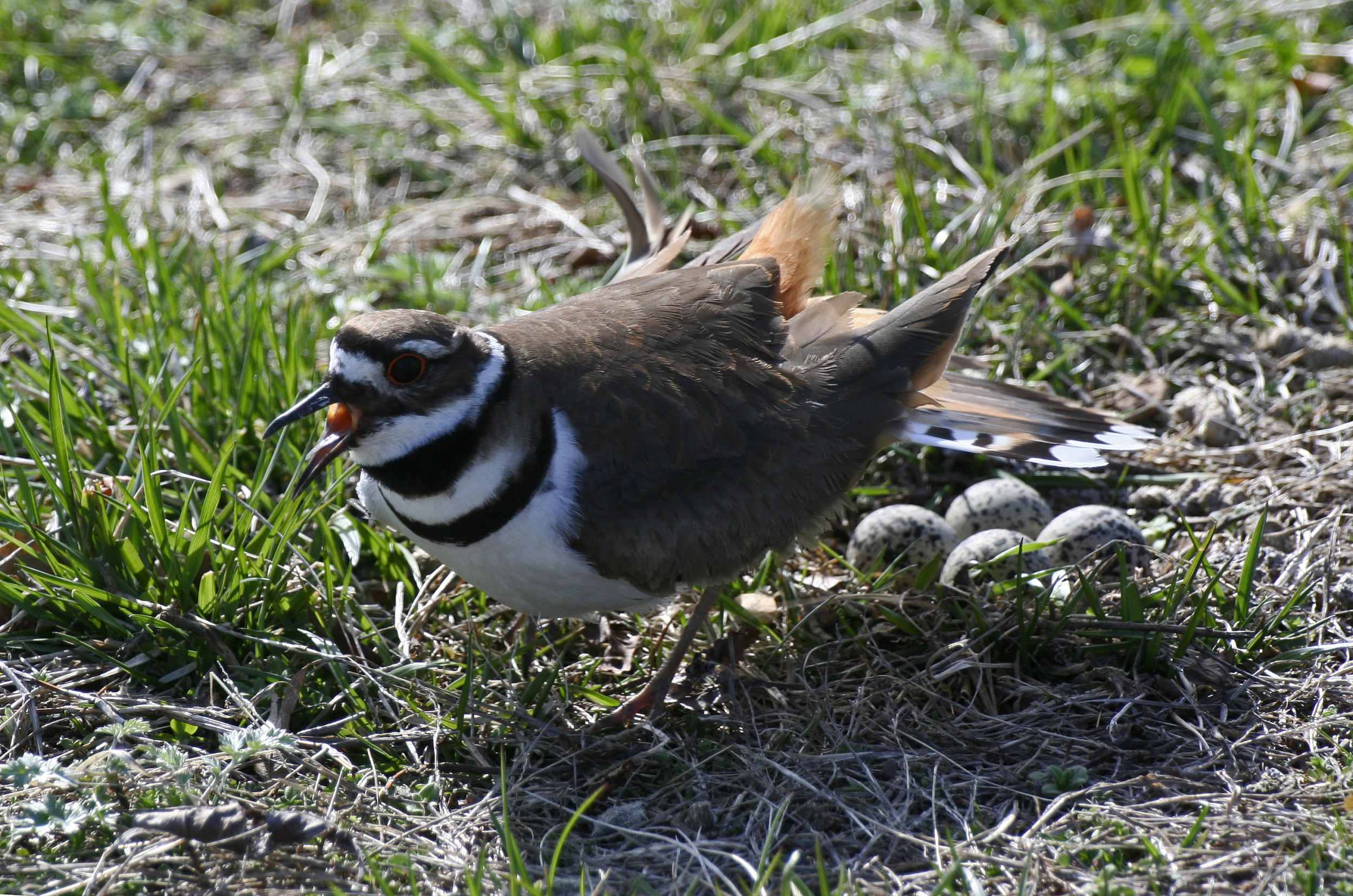Birds' flight ability 'transforms' the shape of their eggs, study

Hummingbirds lay ellipses eggs but owls lay spheres eggs. Why do bird eggs come in different shapes? It may be related to birds' flight ability.
According to a new study published in the US journal Science, birds tend to lay eggs that are more asymmetric and more elliptical if they are better fliers.

Birds' flight ability could influence the shape of their eggs. /VCG Photo
"In contrast to classic hypotheses, we discovered that flight may influence egg shape," lead author Mary Caswell Stoddard of Princeton University said in a statement. "Birds that are good fliers tend to lay asymmetric or elliptical eggs. In addition, we propose that the stretchy egg membrane, not the hard shell, is responsible for generating the diversity of egg shapes we see in nature."
In fact, many different theories exist as to why the shape of bird eggs varies so much across species. For example, one theory was that cliff-nesting birds lay more cone-shaped eggs, which roll in a tight circle and are less likely to tumble off the cliff.
To unravel the mystery, a team of international researchers analyzed the shapes of nearly 50,000 eggs representing 1,400 species as well as the related details about birds' nest type and location, clutch size, diet and flight ability.

If the birds could fly better, they tend to lay more asymmetric and more elliptical eggs. /VCG Photo
The team found that an egg's shape is not determined by the shell – no matter whether an egg has shell or not, such as a membrane-encased egg, it still retains its shape. If birds could fly better, they tend to lay more asymmetric and more elliptical eggs.
The researchers also suggested that as birds' bodies became adapted for powered flight, this resulted in morphological changes like reduced body size and a reduced abdominal cavity.
"Variation across species in the size and shape of their eggs is not simply random," said co-author Joseph Tobias of Imperial College London, "but is instead related to differences in ecology, particularly the extent to which each species is designed for strong and streamlined flight."
(Source: Xinhua)
